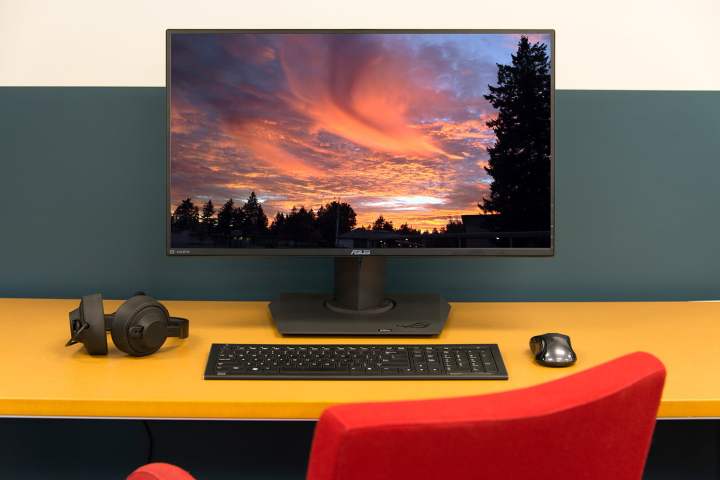
Some monitor manufacturers may be trying to save money when producing 1440p monitors by using downscaled 4K panels instead of native 2560 x 1440 panels. While that might seem like a free upgrade for those affected, there is no way for them to make full use of the increased resolution of the panel. Worse still, by downscaling away from the panel’s hardware-native resolution, the image quality is actually worse for it.
Whether we’re talking about the best monitor overall or the best gaming display, we almost always recommend a 1440p panel. They tend to have better feature sets like higher refresh rates, and even if it’s not always the case that they are more affordable by themselves, graphics card requirements are far lower with a 1440p display. That doesn’t mean 4K displays don’t have their uses, but when people buy a 1440p monitor, that’s what they want, not a downscaled 4K one.
But according to Prad.de, that’s exactly what some consumers have been stuck with. In its “Wolf in sheep’s clothing,” report, the German site suggests that the reason some of these (as yet unnamed) manufacturers take part in the practice, is because 4K panels have come down so much in price that they’re more affordable to manufacture. It does suggest this isn’t a common practice and one that typically only happens in times of high demand or low supply, but that some people with new “1440p” monitors may actually be running
The panels are said to be limited to the reduced resolution through a lock in the firmware, so it’s not possible to boost the resolution to its native. That’s unfortunate for users caught out like this too, as it can mean a worse image because of it.
For those potentially affected, one method for checking to see if you’ve been caught out by a downscaled panel is to look at text to see if it’s oddly blurry where it should be sharp and crisp. While larger visuals are said to be mostly unaffected, smaller icons and images may be noticeably blurry. Another method highlighted by TechSpot, is to look at the pixel size of your monitor. A true 2560 x 1440 display should have a pixel width of 0.23mm, while a 4K panel will have pixels that measure 0.16mm.
Editors' Recommendations
- I finally stopped neglecting my second monitor, and you should too
- LG’s new OLED monitor does 4K — and so much more
- Asus’ 4K, 32-inch mini-LED gaming monitor might hit the perfect sweet spot
- Lenovo unleashes an avalanche of monitors, including a 4K 144Hz beast
- I switched to a glossy gaming monitor, and I can’t go back




